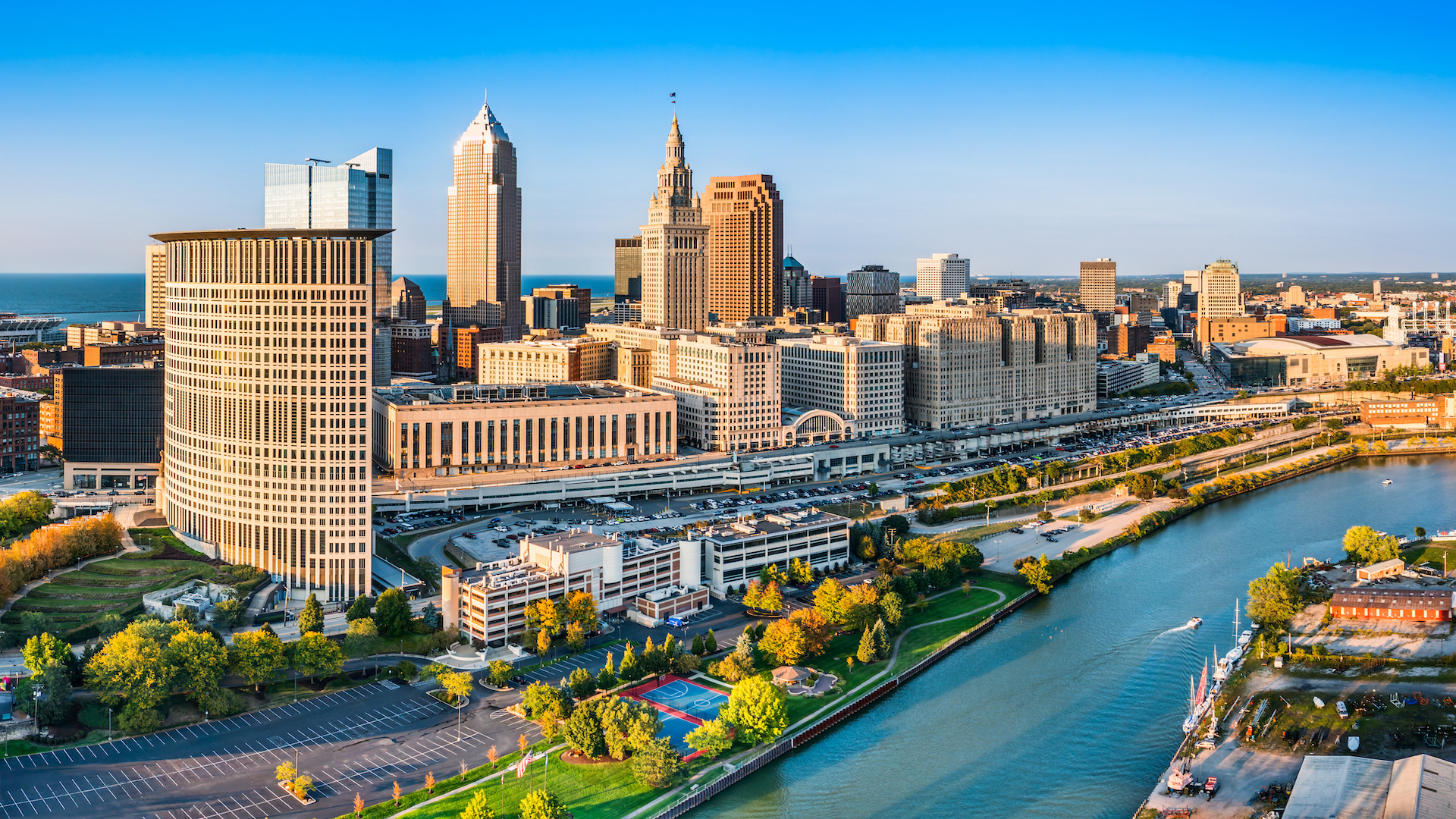For millions of Americans, the dream of homeownership has been put on hold. Mortgage rates hovering below 7% have kept monthly payments painfully high, sidelining renters and first-time buyers who feel the goal of buying is always one step out of reach.
But what if rates slipped back to 6%? According to the National Association of Realtors (NAR), that single percentage point could unlock affordability for 5.5 million additional households nationwide, including 1.6 million renters. For some metros, the impact would be even more dramatic, opening the door for thousands of first-time buyers who have been waiting for the right moment.
Here’s a closer look at the cities where a 6% rate could make the biggest difference, and why.
Verify your first-time home buyer eligibility. Start here1. Dallas–Fort Worth–Arlington, Texas

At 7%, about 1.2 million households in Dallas can afford the median-priced home. At 6%, that jumps to 1.34 million, an increase of 144,734 households, including 52,898 renters.
Why Dallas? Explosive job and population growth continue to fuel demand. New construction has helped, but affordability is still stretched. A rate dip would unlock a significant new wave of buyers, especially younger households moving to the area for work.
2. Atlanta–Sandy Springs–Alpharetta, Georgia

Atlanta sees affordability expand from 904,597 households at 7% to 1.03 million at 6%. That’s 126,038 more households, including 39,273 renters.
Why Atlanta? Strong job growth and in-migration have made it one of the hottest metros in the country, but rising suburban prices have pushed many first-time buyers out. At 6%, many households on the edge of qualifying could finally make the leap into ownership.
3. Minneapolis–St. Paul–Bloomington, Minnesota

The Twin Cities gain 81,112 more qualifying households at 6% (from 679,839 to 760,951), including 22,971 renters.
Why Minneapolis? With steady wages and a diverse economy, many dual-income households are close to qualifying but fall short at 7%. A rate cut tips the scales, especially in family-friendly suburbs where starter homes are in short supply.
4. Cleveland–Elyria, Ohio

Cleveland households able to afford a median-priced home rise from 460,532 at 7% to 503,747 at 6%. That’s 43,215 more households, including 14,503 renters.
Why Cleveland? Prices are lower than the national average, but even here high rates have locked out buyers with tighter budgets. A dip to 6% could open the door for more renters to buy locally instead of moving away, while drawing out-of-state buyers in search of value.
5. Kansas City, Missouri

Kansas City would see 41,900 additional households qualify if rates dropped (from 435,984 at 7% to 477,884 at 6%), including 14,676 renters.
Why Kansas City? While the numbers aren’t as large as Dallas or Atlanta, the relative impact is significant. With steady job growth, cultural vibrancy, and moderate home prices, KC could see a meaningful first-time buyer resurgence at 6%.
Time to make a move? Let us find the right mortgage for youWhat first-time buyers should do now
Even if mortgage rates haven’t yet fallen to 6%, you don’t have to sit idly by. The best way to seize opportunity is to prepare for it:
- Get pre-approved early
A mortgage pre-approval is more than just a formality. It tells you what you can afford right now and signals to sellers that you’re serious. If rates dip, you’ll already be in position to act quickly while others are scrambling. - Track local conditions, not just national averages
Affordability isn’t the same in every metro. Some areas could see big jumps in buyer eligibility at 6%, while others will barely budge. Use local dashboards and have conversations with reputable agents to understand how your city is trending. - Budget for more than the mortgage
Yes, a lower rate will shrink your monthly payment but it won’t erase the need for a down payment, closing costs, property taxes, or maintenance. Don’t stretch to your absolute max; build in breathing room so your first home feels like a blessing, not a burden. - Stay flexible about where and what you buy
If inventory is tight in your dream neighborhood, look at nearby suburbs or starter homes that need a little work. The key is getting a foot in the door. Once you build equity, you can move up later.
The bottom line
For many would-be buyers, 6% feels like the magic number. It’s the point where affordability finally tips in their favor and renting no longer feels like the only option. In metros like Dallas, Atlanta, and Minneapolis, tens of thousands of households would suddenly qualify, giving first-time buyers a long-awaited chance.
But lower rates don’t erase every challenge. Housing supply is still limited, competition could return quickly, and affordability could remain strained in the nation’s highest-cost cities.
The reality is this: there may never be a perfect moment to buy. What matters most is being prepared when the conditions align. For first-time buyers, that means doing the groundwork now so when 6% arrives, you’re ready to turn possibility into reality.
Methodology & data note
This article is based on the National Association of Realtors’ Market Statistics Dashboard, which models affordability scenarios across U.S. metros. NAR examined the impact of mortgage rates falling from ~7% to 6%. Using its Affordability Index, the model compares local household incomes with qualifying incomes needed for a median-priced home.
By recalculating affordability at 6%, NAR identified metros with the largest relative increase in qualified buyers and the strongest projected sales activity. The five highlighted markets, Atlanta, Dallas, Minneapolis, Cleveland, and Kansas City, are those expected to gain the most.
Source: National Association of Realtors

